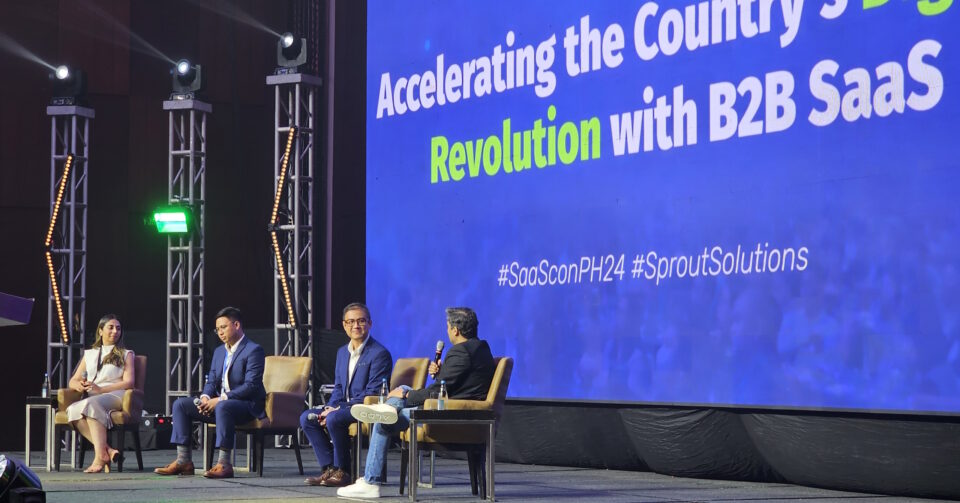Is Employee Advocacy a Useful Digital Marketing Strategy?

Employees are truly a company’s greatest asset, but will employee advocacy help with your brand’s digital marketing strategy? We take a closer look.
Believe it or not, around 63% of people believe that business leaders and companies are intentionally misleading the public by sharing false and exaggerated claims. This is a serious concern for businesses that want to build and maintain that their company is trustworthy. After all, it’s not just about getting people to want to work for your company—even getting people to patronize your products and services will be difficult if your credibility is on the rocks.
So how can you, as a business owner, possibly get around this? Consider this statistic: 93% of people trust brand information shared by people they know—specifically their family and friends. This is something that businesses can use to their advantage when it comes to building credibility.
Through employee advocacy.
Employee Advocacy, Explained
Employee advocacy is defined by Sprout Social as “the promotion of a brand or company that an individual works at.” There are many ways this can be done offline, such as by sending out company swag and merchandise that your employees can use at home or by giving incentives and recognition for a job well done.
On the other hand, it can also be done online through what is known as social media advocacy. Regarded as the most effective channel of employee advocacy by Hootsuite, it is referred to as “a way to leverage the social networks of the people who like you and/or are invested in your continued success: your customers, employees, business partners, influencers, and more.”
The most common way this can be done is by asking your employees to share content from the company to their personal social media accounts. These include blog articles, product photos, and even job postings.
Aside from this, Hootsuite also points out that employee advocacy can also be an avenue that gives the public a closer look at your company’s culture. This, in particular, is very useful in building your brand reputation, as well as making your company more attractive to job seekers.
How to Start Your Employee Advocacy Program
It is important to note that there is much more to employee advocacy than just asking people to share content on Facebook or LinkedIn. Here are some things to keep in mind for building and launching an employee advocacy program within your company.
Set Goals and Key Performance Indicators (KPIs)
The last thing you want for your employee advocacy program is for employees to mindlessly share whatever content they can find without really understanding the direction you’re going for and why you want them to share content, to begin with.
Remember—communication is key. The success of an employee advocacy program relies heavily on effective internal communication, so make sure that you clearly explain why you’re asking them to share content.
Another way you can also do this is by setting goals and key performance indicators (KPIs). Examples of goals you can give your employees are targets for Facebook page likes and daily, weekly, or even monthly website traffic. For KPIs, you can track top contributors, engagement, and organic reach.
Train Your Employees
Keep in mind that not all employees are tech-savvy. Employees likewise do not have the same resources and social media knowledge. In fact, some might not even have a social media account of their own.
This is why it is important to train your employees. Each social media platform is different, so what works on Facebook may not necessarily work on Instagram, Twitter, and LinkedIn. If you’re choosing to focus on certain social media platforms, make sure to provide training that is specific to your chosen platform.
Establish Guidelines
As you build your employee advocacy program, you should not lose focus on the goal of building and eventually maintaining your brand’s reputation. This can be put in jeopardy if your employees just post and publish as they please without being mindful of the information being shared and how things are being said.
To avoid these posting mishaps, it is important to set guidelines that employees are required to follow whenever they post or share anything related to the company. These guidelines should include dos and don’ts when posting, topics to avoid, hashtags to use, and even how to use your company’s name and logo.
The content you want your employees to share should also come from you. This is convenient for your employees and you also get to control and approve what is being shared about your company on social media.
Provide Incentives
Employees enjoy immediate rewards and it will definitely help with your employee advocacy program if you provide incentives. These incentives can come in the form of tangible rewards such as monetary incentives or prizes that employees can use at home.
Aside from tangible rewards, it is also important to make employees understand that there are non-tangible benefits to what they are doing—including networking opportunities, increasing their credibility, and even just helping the company that they work in.
How Employee Advocacy is Beneficial for Both Employees and the Company
Employee advocacy—specifically its social media advocacy aspect—is beneficial for companies, especially as far as digital marketing strategies are concerned. According to this study, employee advocacy has a positive impact on sales. This is thanks to increased brand awareness and brand sentiment—brought about by employee advocacy.
As previously mentioned, employee advocacy also has a positive effect on advertising your company and making it look more enticing to job seekers. This makes it easier for your human resources (HR) department to find more people who are not only interested in working for the company but are also knowledgeable about what your company is about and what the company culture is like.
On the other hand, the benefits for your employees go beyond the incentives that you may choose to include in the program. A major benefit for the employees is the added skills and knowledge that they can acquire from the work they’ll do as part of the program, including social media and digital marketing skills.
Overall, employee advocacy also widens their network and establishes their credibility, which is very important in career-building and growth. Truly a win-win situation.




